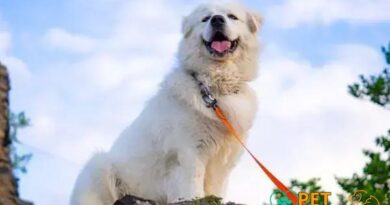What is dog history
What is Dog History: An Overview
The history of dogs is a fascinating journey that spans thousands of years, beginning with their domestication from wolves. This transformation marked the beginning of a unique relationship between humans and canines, leading to the diverse breeds we see today. Understanding what dog history entails helps us appreciate the roles dogs have played in human society, from hunting companions to beloved pets.
The Domestication of Dogs
Dogs are believed to have been domesticated around 15,000 to 30,000 years ago. This process likely began when wolves scavenged near human settlements, leading to a mutually beneficial relationship. Over time, the wolves that were less aggressive and more sociable thrived, eventually evolving into the domestic dogs we know today. This early domestication was crucial in shaping the future of canine companionship.
Ancient Civilizations and Dogs
Throughout ancient civilizations, dogs held significant roles. In Egypt, they were revered and often depicted in art and hieroglyphs. The ancient Greeks and Romans also valued dogs for various purposes, including hunting and guarding. These cultures recognized the loyalty and intelligence of dogs, which solidified their status as important members of society.
The Role of Dogs in Hunting
Historically, dogs were primarily used for hunting. Different breeds were developed to assist in various types of game, leading to the emergence of specialized hunting dogs. Breeds like the Bloodhound and the Beagle were bred for their keen sense of smell and tracking abilities, showcasing the adaptability of dogs to human needs and environments.
Working Dogs and Their Evolution
As societies evolved, so did the roles of dogs. Working dogs emerged to assist in various tasks, from herding livestock to pulling sleds. Breeds like the Border Collie and the Siberian Husky were developed for specific functions, demonstrating the versatility of dogs in adapting to human demands. This evolution highlights the deep bond formed between humans and dogs over time.
Dogs in Modern Society
In contemporary society, dogs have transitioned from working animals to beloved companions. The rise of pet ownership has led to an explosion of dog breeds, each with unique traits and characteristics. This shift reflects changing societal values, where dogs are now seen as family members rather than mere tools for labor.
The Impact of Breeding on Dog History
Selective breeding has played a significant role in shaping dog history. As humans began to breed dogs for specific traits, a wide variety of breeds emerged, each with distinct physical and behavioral characteristics. This practice has led to both positive outcomes, such as improved health and temperament, and negative consequences, including genetic disorders in certain breeds.
Cultural Significance of Dogs
Dogs have also held cultural significance throughout history. They appear in folklore, literature, and art, symbolizing loyalty, protection, and companionship. Various cultures have celebrated dogs in festivals and rituals, further cementing their place in human history and society.
Challenges in Dog History
Despite their long-standing relationship with humans, dogs have faced numerous challenges throughout history. From being bred for undesirable traits to facing abandonment and neglect, the plight of dogs has evolved alongside human society. Understanding these challenges is crucial for promoting responsible pet ownership and ensuring the welfare of dogs today.
The Future of Dogs in Society
As we look to the future, the history of dogs continues to evolve. Advances in veterinary care, training methods, and understanding of canine behavior are shaping how we interact with our furry companions. The ongoing bond between humans and dogs will likely lead to new roles and responsibilities, ensuring that this relationship remains strong for generations to come.


